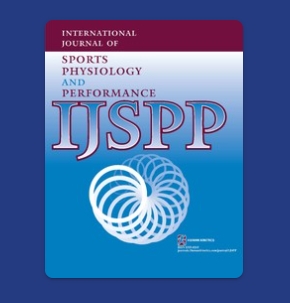Gualtieri A1,2, Vicens-Bordas J3,4, Rampinini E5,6, Ferrari Bravo D1, Beato M2
- Sport Science and R&D Department, Juventus Football Club, Turin, Italy;
- School of Health and Sports Science, University of Suffolk, Ipswich, United Kingdom.
- Sport Performance Analysis Research Group (SPARG), University of Vic-Central University of Catalonia, Barcelona, Spain;
- UVic-UCC Sport and Physical Activity Studies Center (CEEAF), University of Vic-Central University of Catalonia, Barcelona, Spain;
- Human Performance Laboratory, MAPEI Sport Research Center, Olgiate Olona, Italy;
- Sport and Exercise Discipline Group, Human Performance Research Centre, Faculty of Health, University of Technology Sydney, Moore Park, NSW, Australia;

Abstract
Purpose: This study aimed to quantify training and match-day (MD) load during 3-, 4-, and 5-day microcycles in professional adult football, as well as to analyze the effect of the microcycle length on training load produced the day after the match (MD + 1) and the day before the match (MD – 1).
Methods: The study involved 20 male professional football players whose external and internal loads were monitored for a whole season. The training exposure, total distance covered, high-speed-running distance, sprint distance (SD), individual SD above 80% of the individual maximum velocity (D > 80%), and the number of accelerations and decelerations were quantified, as well as rating of perceived exertion and session rating of perceived exertion training load.
Results: Microcycle length affected most of the variables of interest: high-speed-running distance (F = 9.04, P < .01), SD (F = 13.90, P < .01), D > 80% (F = 20.25, P < .01), accelerations (F = 10.12, P < .01), and decelerations (F = 6.01, P < .01). There was an interaction effect between the training day and microcycle type for SD (F = 5.46, P < .01), D > 80% (F = 4.51, P < .01), accelerations (F = 2.24, P = .06), and decelerations (F = 3.91, P < .01).
Conclusions: Coaches seem to be influenced by shorter microcycles in their training proposal, preferring sessions with a reduced muscle impact during shorter microcycles. Independent of the length of the congested fixture microcycle, the daily load seems to decrease when MD approaches.
Int J Sports Physiol Perform 2024 Jul 27
PMID: 39069283 DOI: 10.1123/ijspp.2024-0144